Despite its long and rich history, signwriting is a profession in decline. Will Lynes’ new show, Oily Water at Canberra Glassworks, aims to showcase the techniques of the trade to highlight its potential in design.

September 9th, 2025
You might think a crumpled-up toilet roll core only belongs in one place – the recycling bin. However, when signwriter and artist Will Lynes spotted one such scrappy cardboard cylinder on a bench in his workshop, he envisioned it somewhere quite different. He thought: “You know what? That’d be cool if it was larger and a table shape,” he explains of this unusual source of inspiration.
So, he began experimenting with form, placing coaster-sized glass pieces on top of the roll and producing a series of sketches. Then, he worked with the team at Canberra Glassworks and glass blowing artist Anette Blaire to help him realise the bases at full scale. They devised a way to blow large, slightly crumpled cylindrical vessels from coloured glass. Lynes then applied a chemical silvering process – which is usually used to manufacture mirrors – to their interiors.
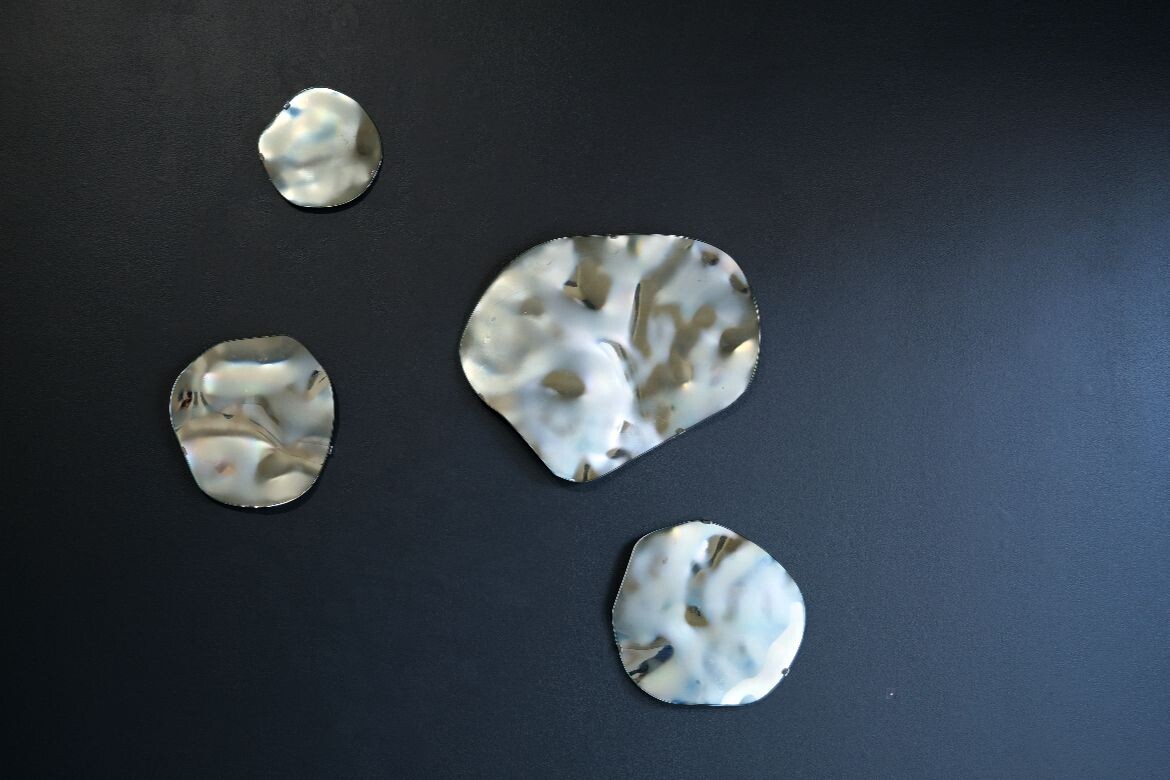
“It was the first time I’d ever silvered a 3D object like that,” says Lynes, who tends to apply this technique only to flat or slightly rounded surfaces in his signwriting practice.
While the tables are beautiful in their own right, with a striking internal metallic glow, they serve a larger purpose. They are part of Lynes’ mission to make people more aware about the techniques, materials and possibilities of signwriting as well as its rich history which dates back to Ancient Rome. “I think the signwriting trade is dying a little bit because of a lack of education,” explains Lynes’ whose commercial traditional signwriting company, Lynes & Co., competes against cheaper and faster technologies including vinyl lettering and digital printing.

“In general, designers and architects are really informed about the materials they’re working with – different stones, glasses and timbers – but they are not aware of the rich history that signage plays and can play in the built environment,” explains Lynes. This gap in knowledge means that commissions from those “positions of power in fit-outs and builds” typically arrive as last-minute afterthoughts – just weeks before a building’s opening. If signage is better integrated, Lynes explains, the impact is significant. For example, he says that “when shopfronts are done well, that’s what draws people in and makes them stop in their tracks on the street, thinking ‘this is a space I want to go into.’”
To address this lack of awareness, Lynes’ new exhibition – ‘Oily Water’, at Canberra Glassworks until 26th October – aims to showcase the beauty and versatility of the techniques and processes behind traditional signwriting. These include gold leafing (gilding), reverse glass painting, chemical silvering and hand-drawn lettering.
Related: Leopold Banchini in profile
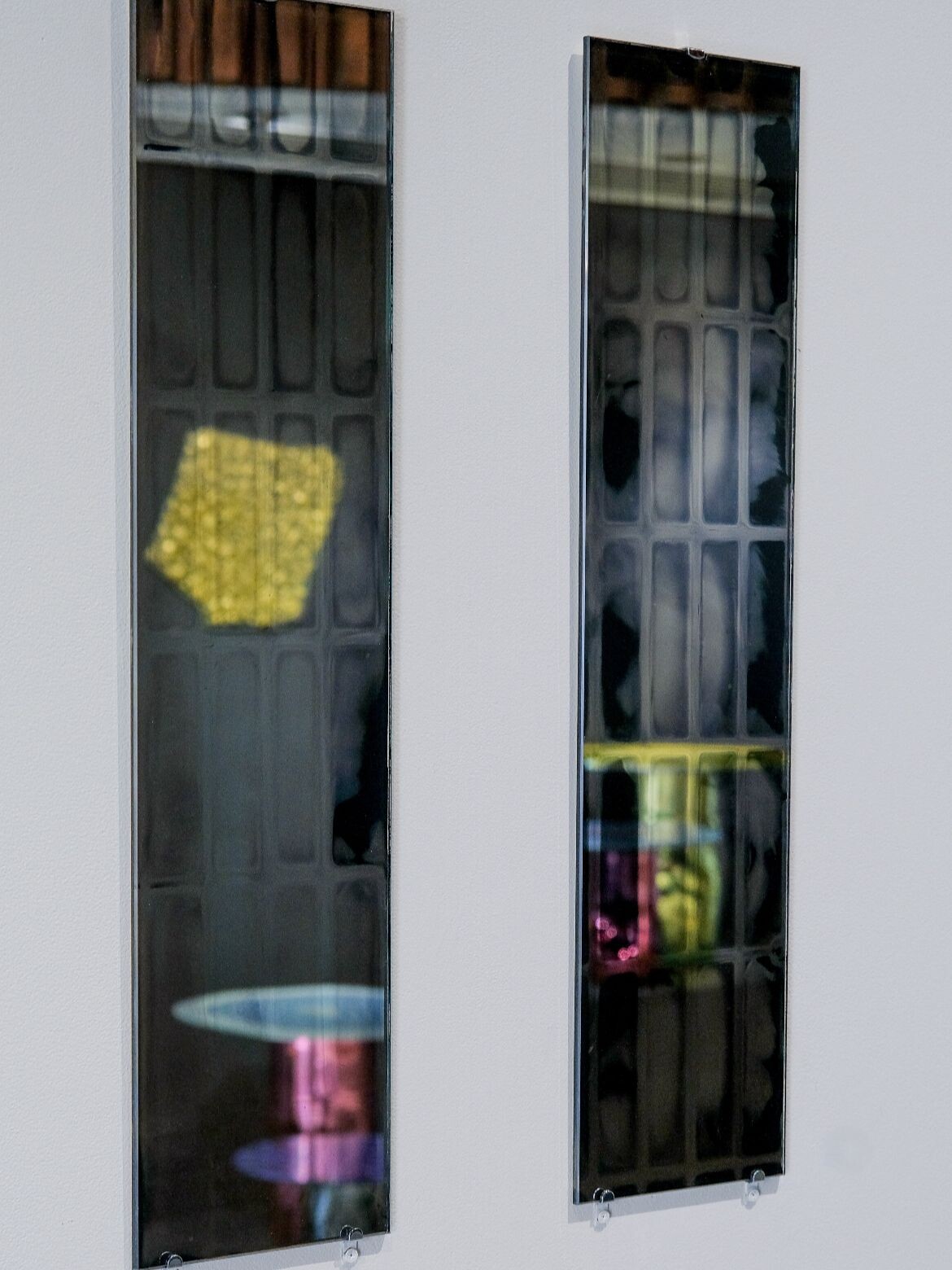
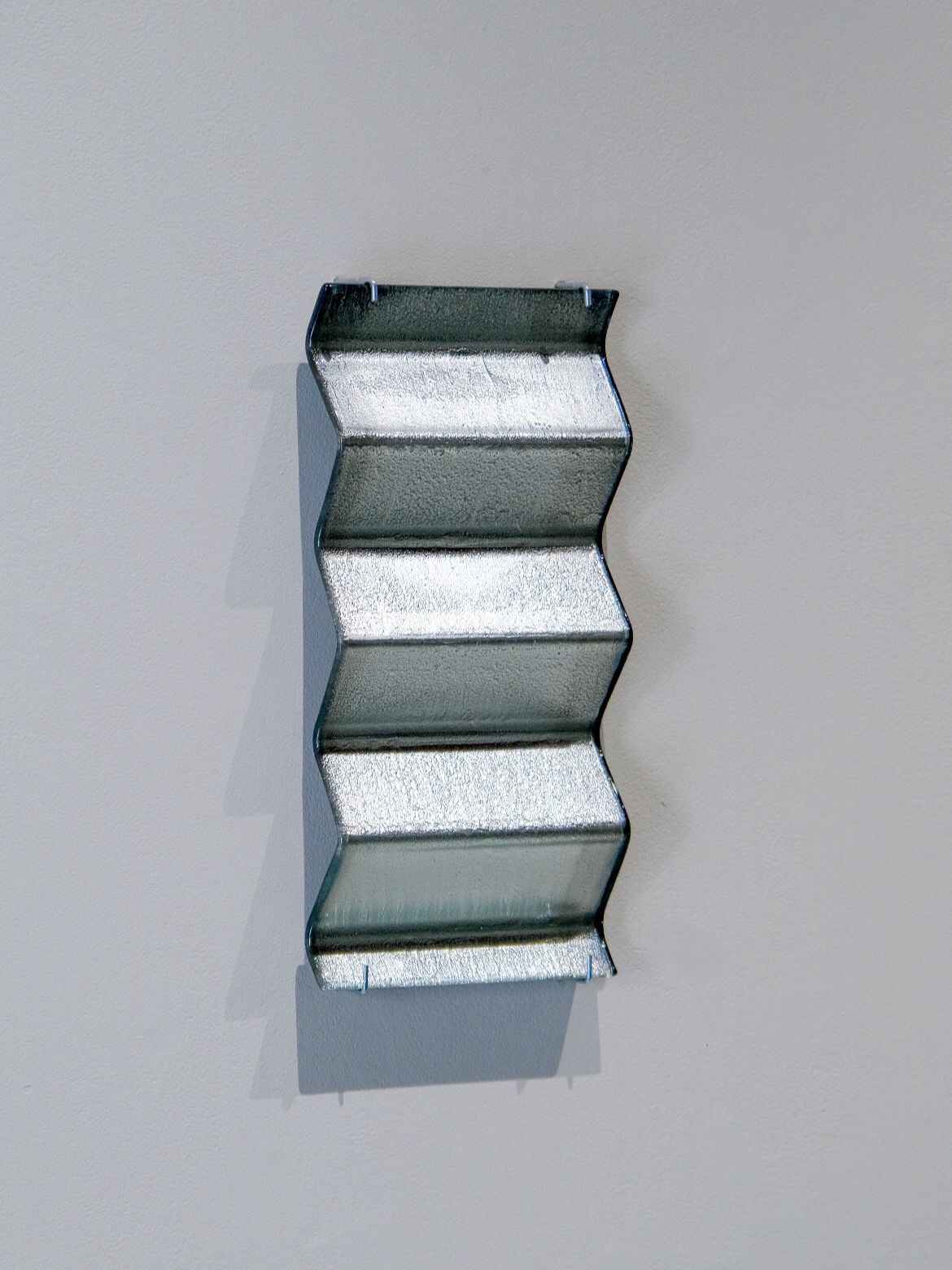
His tables, then, aim to showcase a mixture of these skills. In addition to their silvered bases, their colourful tops “have all been hand painted with enamels,” he explains. “Some of them are also hand silvered, and others have been gilded in various Karats of gold leaf foil.”
Showing alongside the tables at Canberra Glassworks, are wall-hung pieces that apply signwriting techniques in new, creative ways. “In my commercial work,” Lynes says, “I am not really afforded the option to be loose or free with the techniques I use – it’s necessarily precise and tight.” Creating work for an exhibition, however, “definitely made me more adventurous with making and embracing a loosening of control in the processes”.
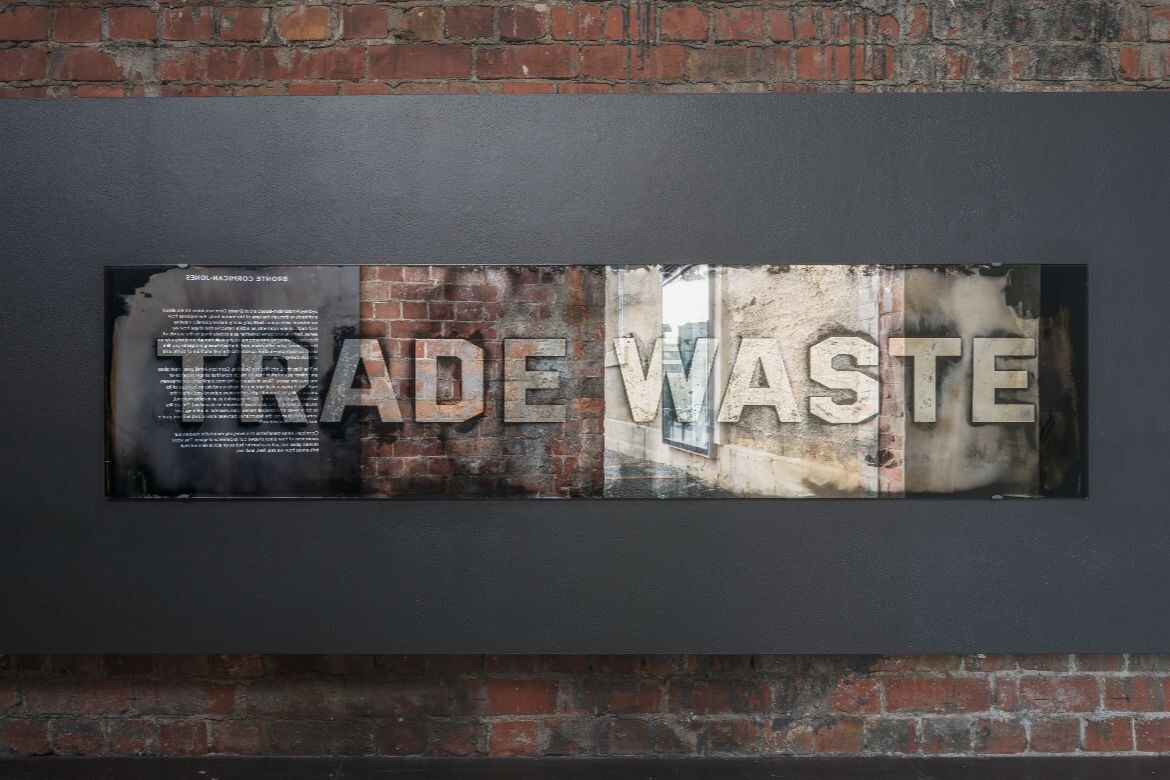
Highlights include a large-scale text-based work titled Trade Waste, and a smaller, rippled piece Oily Water. Both pieces draw their inspiration from signs he spotted on the tankers of Sydney’s shipping docks which he travels past daily on the way to his studio. “I’ve always had a love for the industrial landscape,” Lynes says, “and there was something that I found quite beautiful about those two signs.”
By pushing the limits of the chemical silvering process, Lynes recreated the signs’ lettering on glass canvases. Their reflective surfaces with black, soot-like marks embody the landscapes they were inspired by. “These works are trying to investigate how the by-products of the manufacturing process in the industrial landscape can be transferred into beautiful pieces that sit on a wall in a gallery space to expose the materials and processes of signwriting in different ways.”
In showing works that depart from the meticulous graphic and typographically driven pieces that Lynes creates for clients on a day-to-day basis, this exhibition demonstrates the untapped possibilities for creatively applying signwriting techniques. Lynes hopes that a greater appreciation of his craft will give it a more significant role in urban landscapes in the future: “I think it’s a massive area that could be expanded and improved on. There’s a huge scope there to be doing some pretty amazing stuff.”
Lynes & Co.
lynesandco.com
Photography
Brooke McEachern (exhibition)
Brenton McGeachie
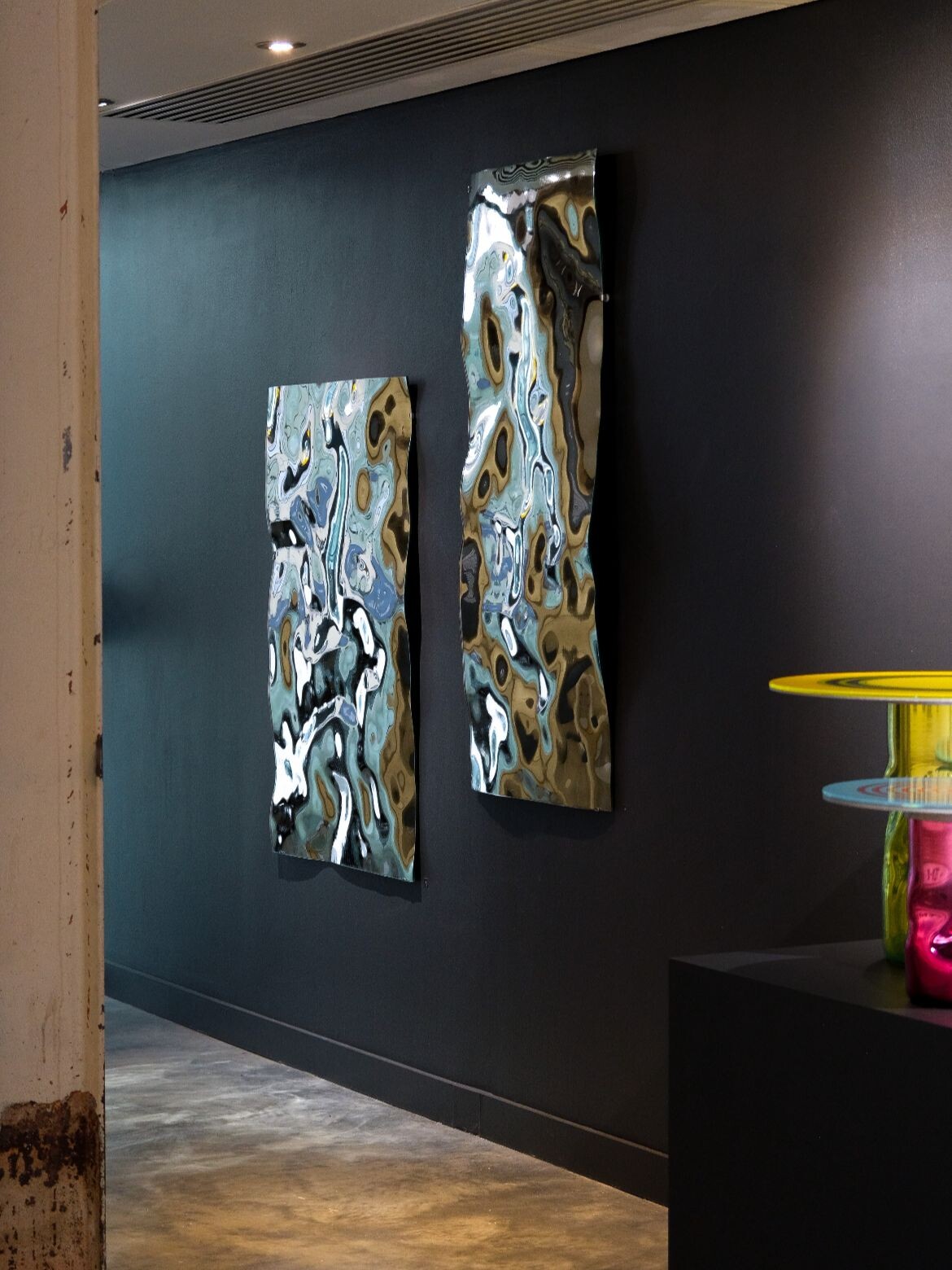
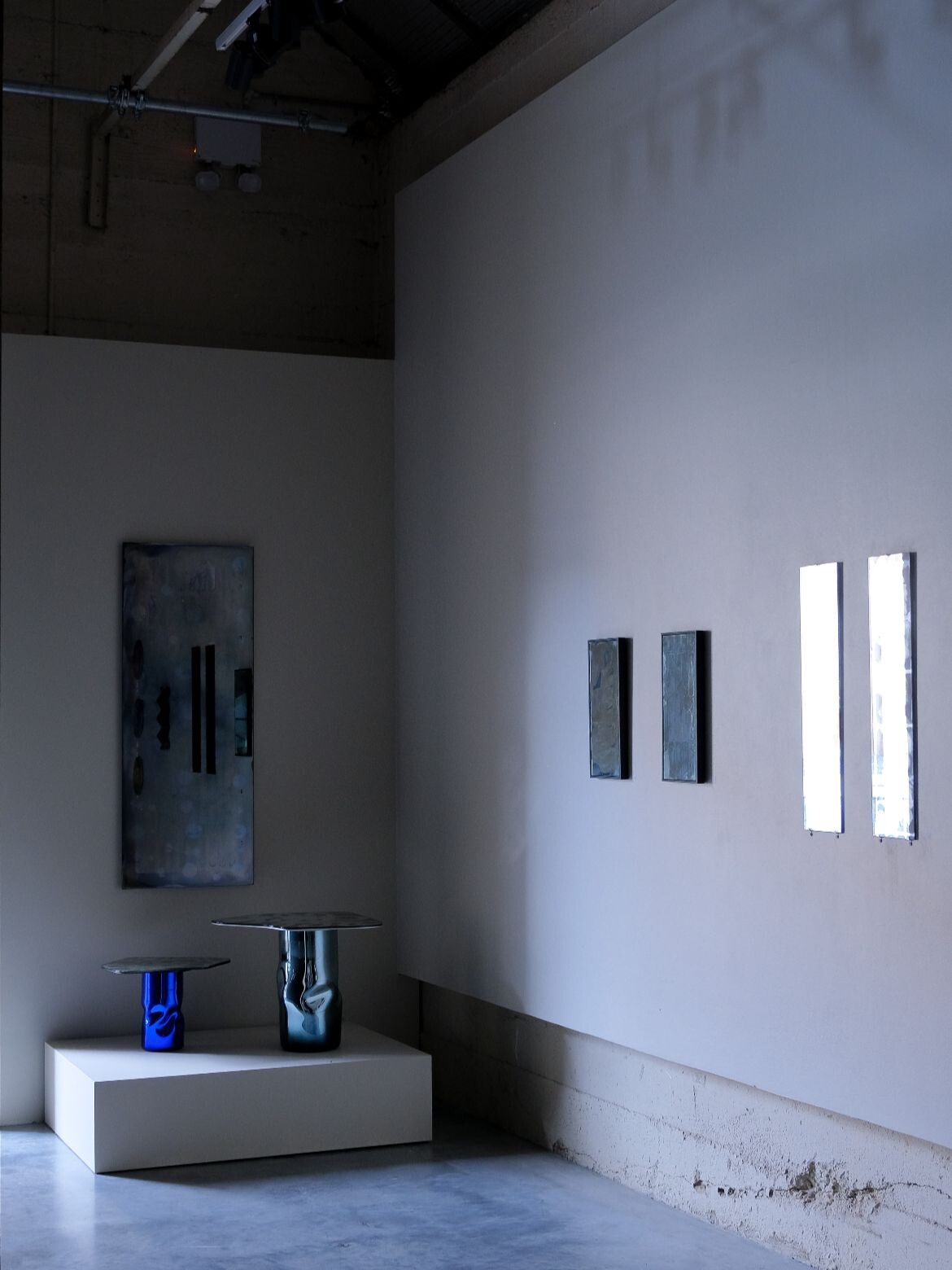

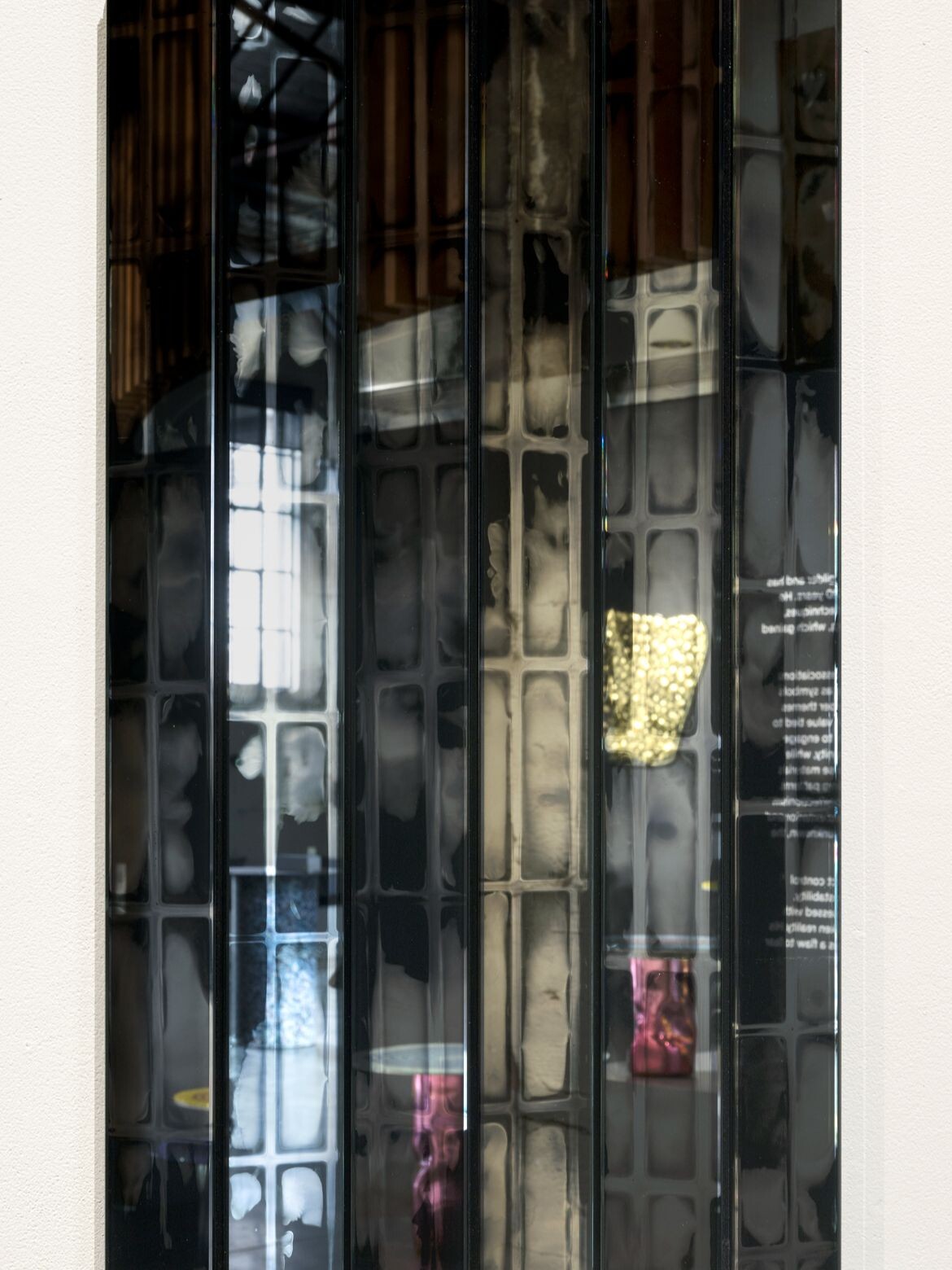
Next up: Dr Piers Taylor is in town for the Murcutt Symposium
INDESIGN is on instagram
Follow @indesignlive
A searchable and comprehensive guide for specifying leading products and their suppliers
Keep up to date with the latest and greatest from our industry BFF's!

For Aidan Mawhinney, the secret ingredient to Living Edge’s success “comes down to people, product and place.” As the brand celebrates a significant 25-year milestone, it’s that commitment to authentic, sustainable design – and the people behind it all – that continues to anchor its legacy.
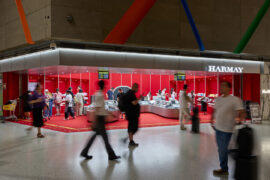
With its latest outpost inside Shanghai’s bustling Hongqiao International Airport, HARMAY once again partners with AIM Architecture to reimagine retail through colour, movement and cultural expression.
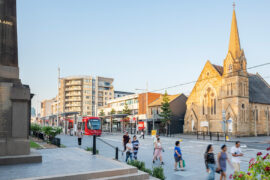
Australia’s first planted light rail corridor sets new benchmark for transport-led urban transformation.
The internet never sleeps! Here's the stuff you might have missed

With Steelcase having reopened its refreshed WorkLife Showroom in Singapore this year, we spoke to Navedita Shergill about some key workplace macro shifts identified in their research.

Australia’s first planted light rail corridor sets new benchmark for transport-led urban transformation.